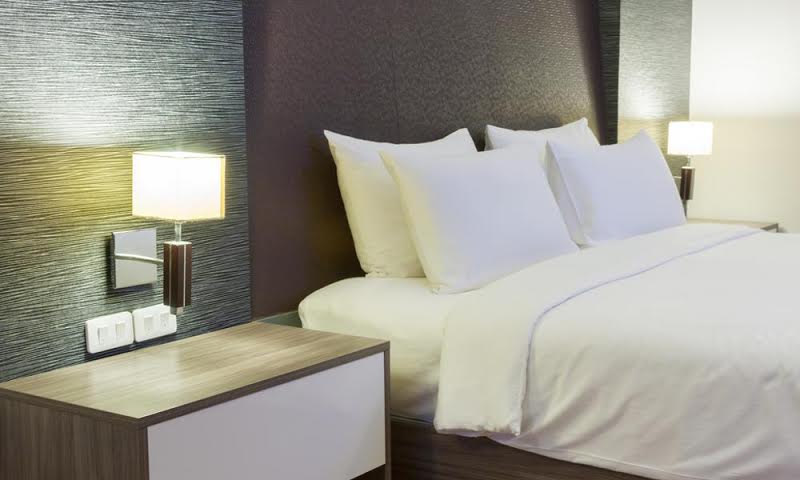How Hotels Monitor Pests in Staff Areas: Ensuring a Safe Environment?
Share
In the bustling world of hospitality, the presence of pests can significantly tarnish a hotel's reputation. Therefore, it's crucial for hotels to maintain a clean and pest-free environment, especially in staff areas where the unseen action of service takes place. But how do hotels monitor pests in staff areas effectively? In this article, we'll explore the advanced strategies and technologies hotels employ to keep these areas secure and pest-free.

The Importance of Pest Monitoring in Hotels
Maintaining pest-free environments in hotels is imperative not just for aesthetic reasons but also for health and safety. A single pest sighting can lead to negative reviews, loss of clientele, and potential health code violations. Staff areas, often bustling with activity, are no exception. These areas are pivotal in ensuring that the front-end services run smoothly, making it essential to prevent any pest-related disruptions.
Hotels are consistently seeking innovative solutions to detect and eliminate pests. This is where robust monitoring systems come into play. By employing advanced monitoring strategies, hotels can identify potential pest problems early, manage them effectively, and prevent them from escalating. You can read more about the significance of early detection in hotels.
Technological Solutions for Pest Monitoring
In recent years, technology has revolutionized how hotels monitor and manage pests. With the advent of IoT (Internet of Things) and AI (Artificial Intelligence), hotels now have access to smart pest control solutions that offer real-time monitoring and analysis of pest activities. Devices equipped with sensors can detect movements and alert staff to potential pest invasions.
Moreover, cloud-based systems allow for centralized data collection and analysis. This means that pest control data can be accessed from anywhere, enabling hotel managers to make informed decisions quickly. The integration of these systems into the hotel infrastructure ensures a proactive approach to pest management. Learn how cloud systems support hotel pest monitoring.
Implementing Integrated Pest Management (IPM)
Integrated Pest Management (IPM) is a sustainable approach to managing pests that combines multiple strategies to achieve long-term results. This approach focuses on prevention, monitoring, and control, using the least hazardous methods to people, property, and the environment.
For hotels, IPM involves regular inspections, proper sanitation, and the elimination of potential pest habitats. Staff are trained to recognize signs of pest activity and to report them immediately. Routine checks and maintenance help in identifying pest hotspots, ensuring that any issues are addressed promptly. Explore the differences between pest control and IPM.
Role of Staff in Pest Monitoring
While technology plays a substantial role in pest monitoring, human vigilance is equally important. Staff members are often the first line of defense in identifying and reporting pest activities. They are trained to notice signs of infestations such as droppings, nesting materials, and damage to property.
Regular training sessions ensure that staff are aware of the latest pest control procedures and technologies. This empowers them to take swift action when necessary, minimizing the risk of major infestations. The collaboration between staff and pest control professionals is crucial in maintaining a pest-free environment.
For more insights into how hotels detect pest activity early, visit this guide on detecting early rodent activity.
Conclusion
Monitoring pests in hotels, particularly in staff areas, requires a combination of technology, strategy, and human intervention. By adopting a comprehensive approach that includes the latest technology and Integrated Pest Management, hotels can effectively manage and prevent pest infestations.
Ensuring a pest-free environment not only protects the hotels reputation but also guarantees a safe and pleasant experience for both staff and guests. For further reading on how robotic pest detection is transforming the industry, check out this article on robotic pest detection.

FAQ
What are common pests found in hotels?
Common pests include rodents, cockroaches, bed bugs, ants, and flies. Each presents unique challenges but can be managed with proper monitoring and control measures.
How often should pest inspections be conducted in hotels?
Regular inspections are recommended, typically once a month. However, high-risk areas may require more frequent checks to ensure early detection and intervention.
What role does staff training play in pest control?
Staff training is vital as it equips employees with the knowledge to identify and report pest activity promptly, ensuring swift action to prevent infestations.
